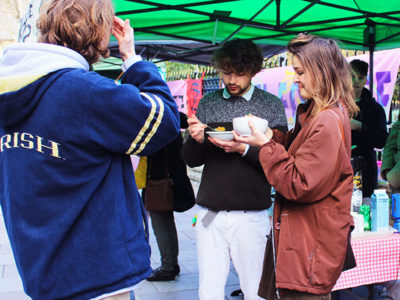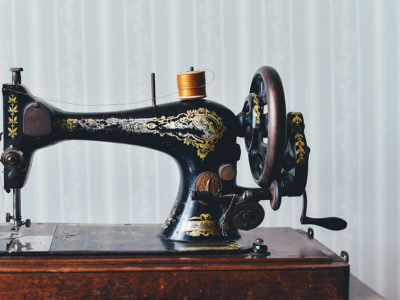Find St. Fagans
St Fagans National History Museum
Cardiff
CF5 6XB
Entry: Free, open 10am-5pm daily
Phone: (029) 2057 3500
Car parking: £3.50 per car per day.
Heritage
The Iron Age owes its name to the discovery and use of iron as a new technology from 700 BC. The earliest Iron Age objects in Wales were found in Llyn Fawr, Rhondda and Cynon Taf. The end of the Iron Age in Wales is marked by the arrival of the Romans from AD 43 onwards. Visit the St. Fagans website for more information about our ancestors.
Iron Age food foraging gets a closer look this weekend at St. Fagans National History Museum. The exhibition held at Wales’ most popular heritage attraction, will demonstrate how Welsh citizens used sustainable foraging methods to preserve and cook in 700 BC.
St. Fagans’s resident Iron Age expert Ian Daniel explains that the exhibition will show how people used to preserve their food during the colder seasons, “At this time of year there isn’t much fresh food around so you’d be thinking about preserving meat, fish and cheese using salt, honey and fats.
“We usually do four of these exhibitions a year.”
One of the dishes on the Iron Age menu next weekend will be pork apple and beer stew cooked in a clay pot.
Find St. Fagans
St Fagans National History Museum
Cardiff
CF5 6XB
Entry: Free, open 10am-5pm daily
Phone: (029) 2057 3500
Car parking: £3.50 per car per day.
Heritage
The Iron Age owes its name to the discovery and use of iron as a new technology from 700 BC. The earliest Iron Age objects in Wales were found in Llyn Fawr, Rhondda and Cynon Taf. The end of the Iron Age in Wales is marked by the arrival of the Romans from AD 43 onwards. Visit the St. Fagans website for more information about our ancestors.





